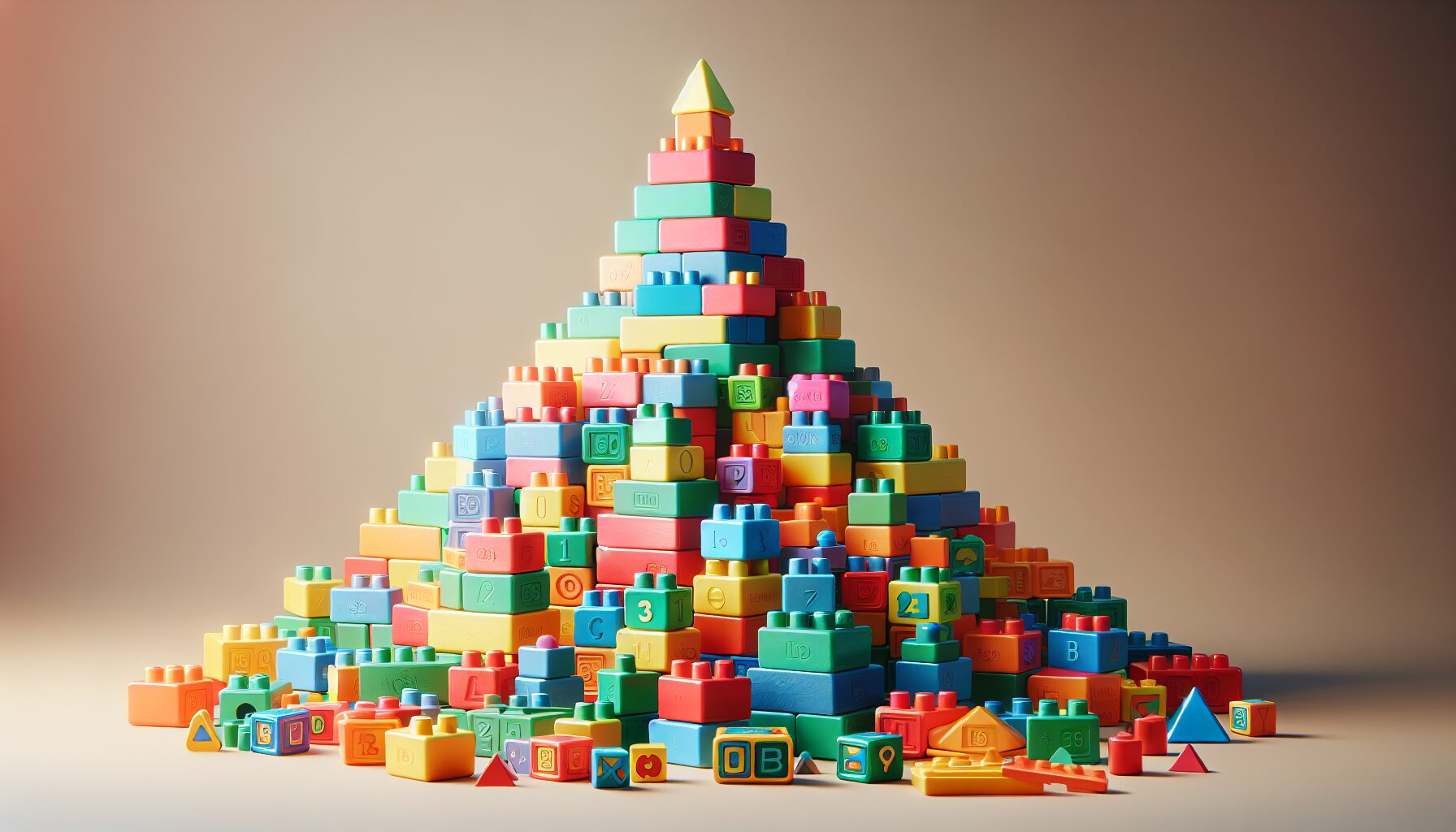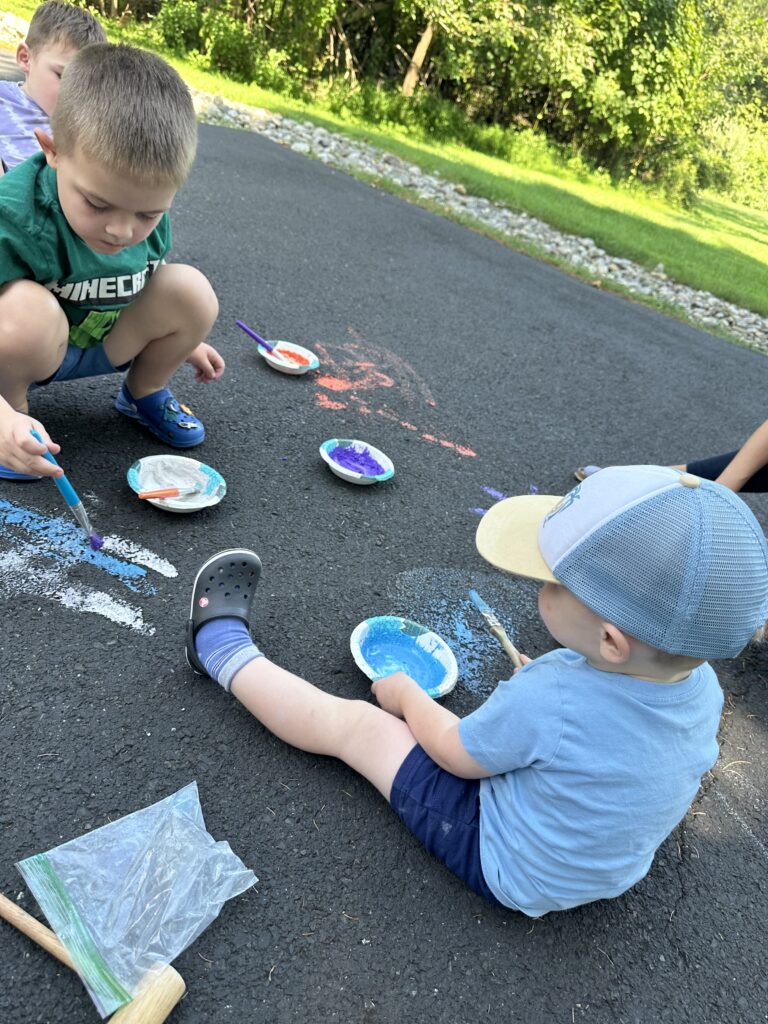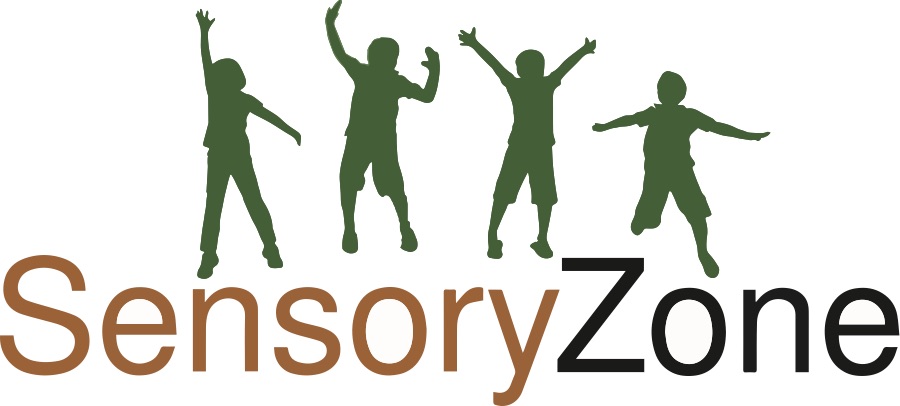
Pediatric Behavioral Therapy
Customized Therapy Solutions for Your Child’s Growth
What is Behavioral Therapy?
At Sensory Zone we take a team approach to create highly individualized treatment programs for children with a wide-range of behavioral concerns. We do this in consultation with the family as well as other team members, such as:
- Teachers
- Occupational Therapists
- Physical Therapists
- Speech and Language Pathologists
- Medical Doctors
- Psychologists
What does a Behavioral Therapist do?
We identify strategies to both prevent targeted behavior from occurring in the first place, as well as develop specific plans for dealing with behavior concerns after they occur. Our primary objective is always to teach a child positive and beneficial strategies while decreasing the likelihood that a child may tantrum to express their wants or needs.
Common behavioral concerns that we help children learn to deal with include:
- Transitions
- Learning to self-advocate and ask for help if an activity is too difficult or if the child doesn’t understand the directions
- Learning to use perseverance and persistence to get through difficult or non-preferred activities
- Taking turns and sharing
- Increasing independence instead of being dependent on prompts from adults
- Identifying and teaching a child to use more appropriate replacement behaviors instead of self-stimulation behaviors
- Identifying and teaching a child to use coping skills and appropriate replacement behaviors for obsessive-compulsive and hyperactive behaviors
- Teaching a child to use coping skills for situations in which they are overwhelmed by sensory defensiveness. This includes situations like haircuts, singing, or loud environments.
- Self-help skills
- Toilet-training
- Eating Skills
- Verbal Behavior
How does Behavioral Therapy work?
We use Verbal Behavior as a child-led, play-based method to teach children language in a way that closely mirrors how language typically occurs in everyday life. Programs are individualized for each child depending on their unique interests and needs. Needs are determined in one-on-one consultation with the child, and with parents, and by following the developmentally-sequences goals in the VB-MAPP (Verbal Behavior Milestones Assessment and Placement Program).
What are the skills targeted in Verbal Behavior and the VB-MAPP? The following are the Level 1 ”building blocks” which form the basis for the higher-level and advanced programs.
- Requesting: This includes not just words, but also gestures and eye contact. In an academic settings this is called a ”mand.”
- Labels: These are often taught within a framework of requesting, so that children are able to ask for things they want or need. Later, this can also include labeling the context of joint attention, where a child might point to something, label it, and look to an adult or peer to share the experience with them. In academic settings this is called a ”tact.”
- Following directions: A broad category, this can include programs teaching a child to turn and look when they hear their name, to programs teaching safety skills like responding to ”Hot!” or ”Stop!”, to programs teaching gross motor skills that children might use in a music or dance class. In academic settings this is called ”listener responding.”
- Independent play: Another broad category, this can include programs teaching children to attend to single-inset matching puzzles, to developing fine motor skills with play-doh, to developing executive functioning and motor planning skills needed to build towers with blocks. In academic settings these are referred to as ”visual-perceptual,” ”matching-to-sample,” and ”independent play.”
- Social engagement: The building blocks of social interaction begin with the requesting and labeling skills, including eye contact and joint attention. Continued teaching includes facilitating parallel play, peer imitation, and spontaneous commenting during play. In academic settings this is referred to as ”social behavior and social play.”
- Imitation: This is the basis of most verbal behavior teachings, including teaching gross motor, fine motor, language, and social skills. In an ”error-less teaching” model, all skills are taught by showing the child what to do, then teaching them how to do it. Imitation programs are often embedded into more naturalistic programs, like learning nursery rhymes and the body or hand motions that go with them. In academic settings this is referred to as ”motor imitation” and ”echoic.”
Higher-level skills include learning specific parts of speech, including the features of objects (adjectives, parts of objects), functions of objects, and categories of objects. These parts of speech are also embedded in learning the various ”WH questions” (who, what, when, where, why, and how). More advanced social skills and conversational skills build upon these programs. Finally, academic skills including reading, writing, and math are taught.
Many children have ”splinter skills,” which means that some skills are very advanced for their age, while other skills may be delayed for their age. At the Sensory Zone of Newtown, we individualize each program based on a child’s strengths. For example, if a child can read, but struggles to request their wants and needs, we will write what they want on a portable whiteboard and allow the child to read what it is that they want. This can help the child to self-advocate instead of becoming frustrated.

Embark on Your Child’s Development with The Sensory Zone
At The Sensory Zone, we recognize the critical role of individualized attention in fostering your child’s growth. Our skilled therapists use a play-based approach to enhance skills such as sensory processing and communication. Reach out to us to book a session and support your child’s progress.
